Adrien-Etienne Gaudez was born in Lyon on February 9, 1845. He was 17 when he moved in Paris after his admission to the École des Beaux-Arts, (October 2, 1862). He entered the studio of François Jouffroy, newly appointed professor at the École des Beaux-Arts. Grand Prix de Rome, renowned academic sculptor and statuary (we owe him many monumental statues visible on the facades of the Opéra Garnier, the Gare du Nord, the Louvre, the Palais de Justice, the Eglise de la Madeleine, etc. ), François Jouffroy (1806-1882) trained many talented sculptors throughout the 18 years that his teaching lasted.
Talented with an overflowing imagination, Adrien-Etienne Gaudez exhibited for the first time at the Salon of French Artists in 1864, a Nymph Egeria in plaster. In 1870, he enlisted to defend the homeland, and found himself prisoner, during the war, in Germany, in the city of Magdeburg. A tireless worker, in a very academic style, but always imbued with grace and great suppleness of craftsmanship, Adrien Gaudez sculpts with precision, chisels with finesse. He asserts himself through his completely original figures, embroidering endlessly on costume genre subjects. When he died, early at the age of 58, in January 1902, he left behind some 138 sculptures...
In the 1880s, Joan of Arc was a key figure in politics as well as art. Shaken by the loss of Alsace-Lorraine, France finds in this little shepherdess from Domrémy, the savior of the monarchy and the kingdom, the unifying figure it needs to overcome its feeling of hatred and humiliation. Pointing the finger at the enemy to march towards, the young shepherdess of Domrémy, in armor but nevertheless wearing a skirt, sword at her side, hair swept by the wind, advances valiantly brandishing her fleudelysed banner "Jesus and My King". .
COPYRIGHT



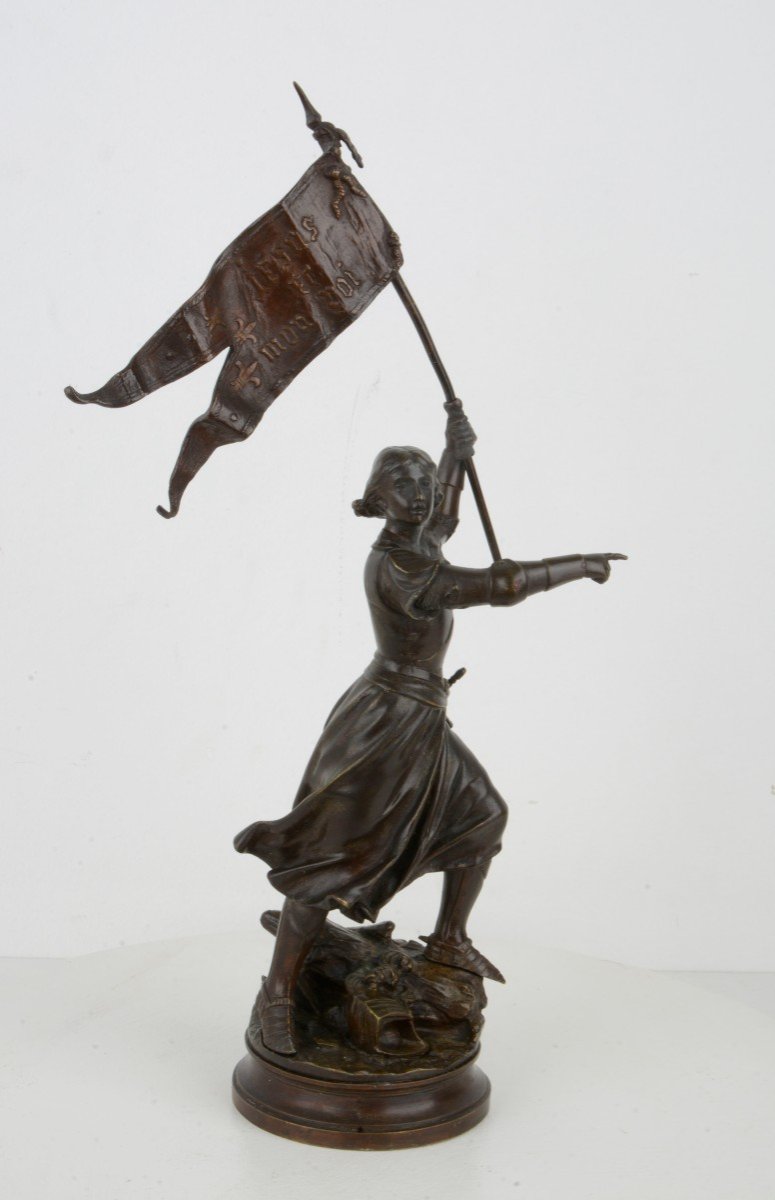


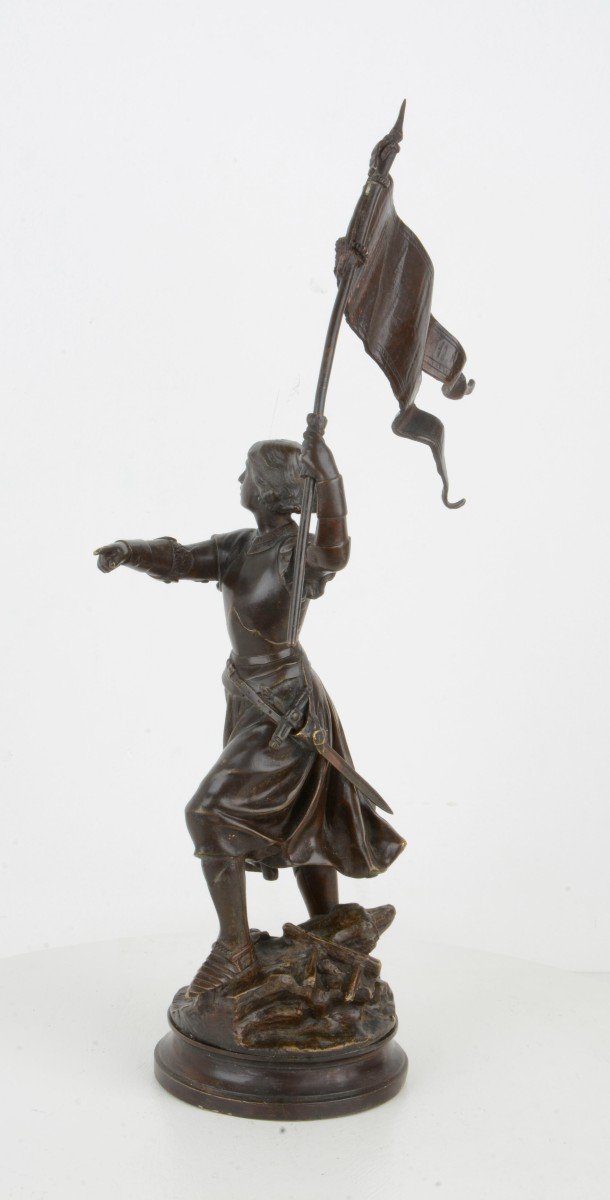
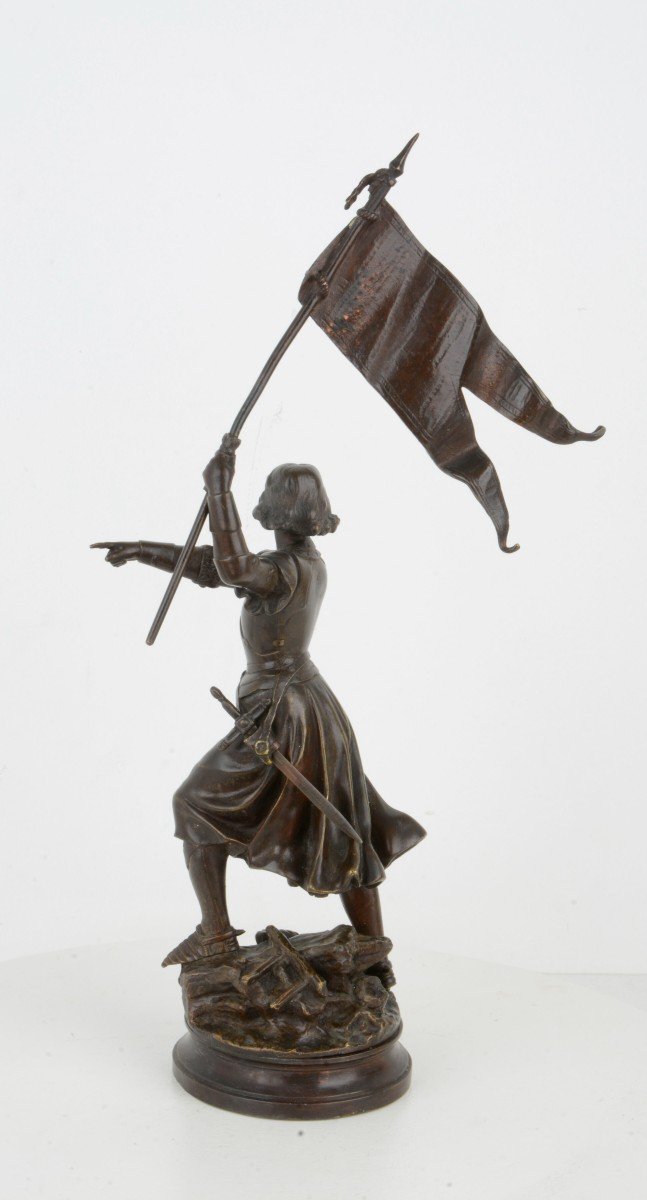
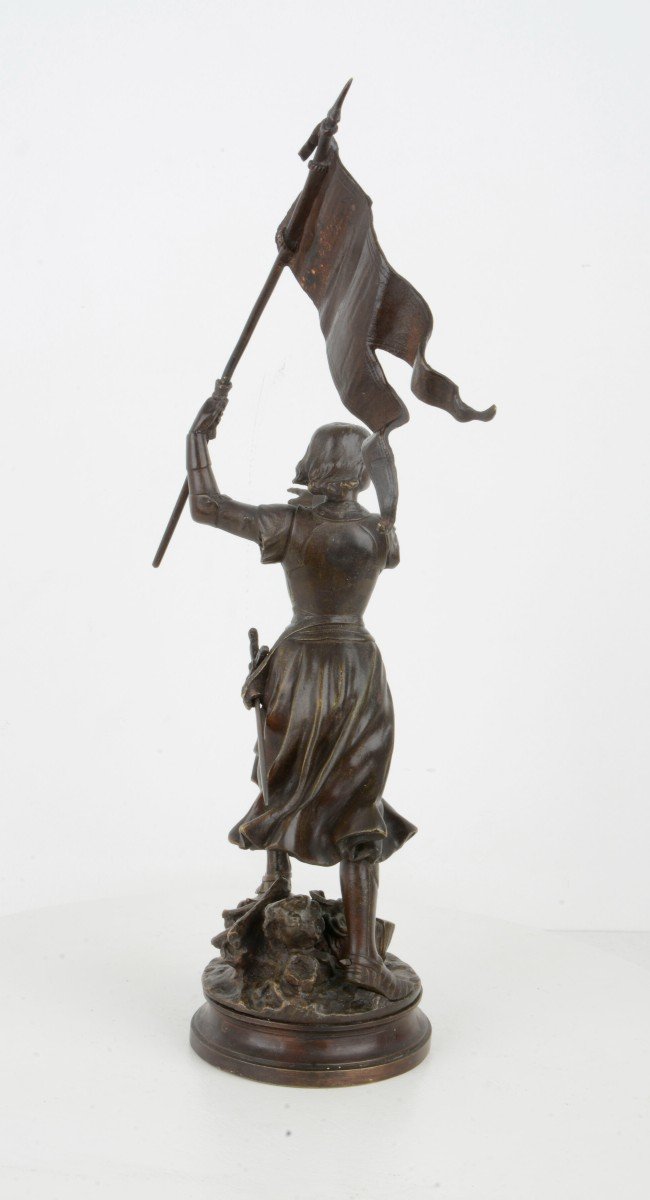

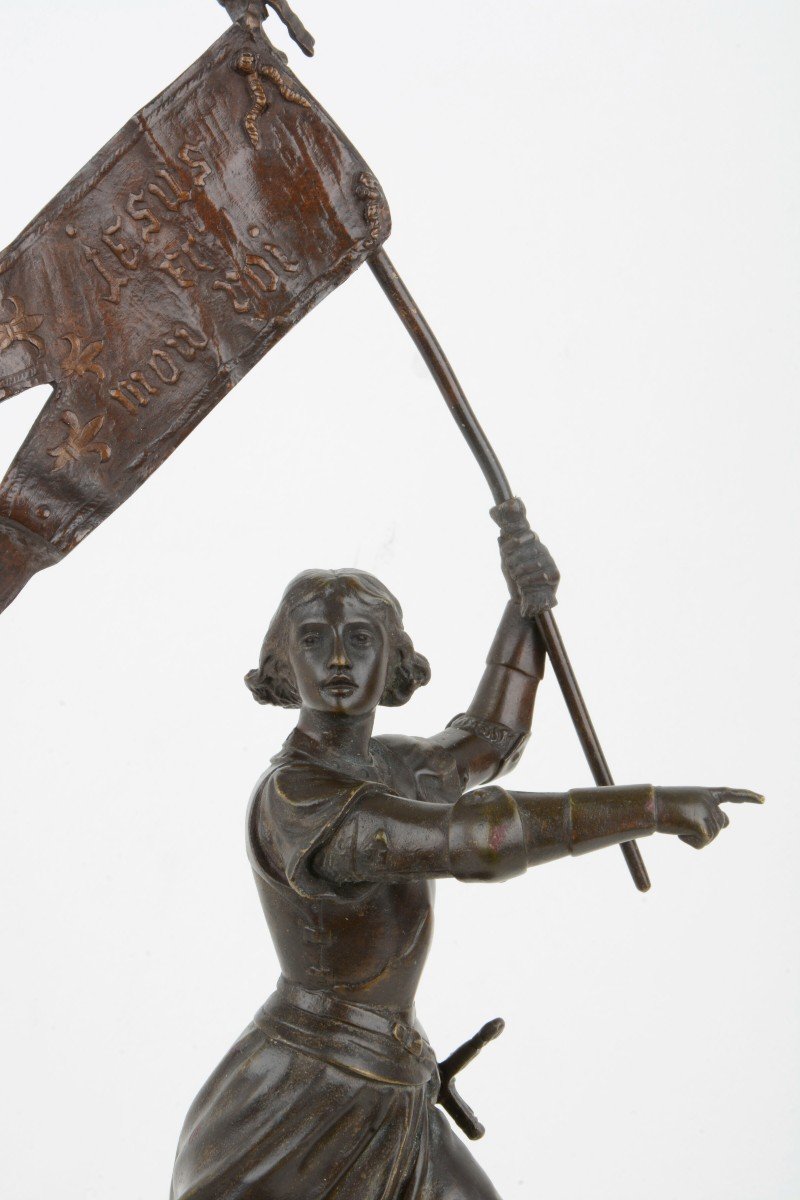






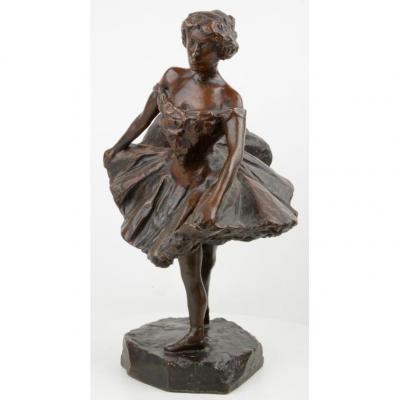

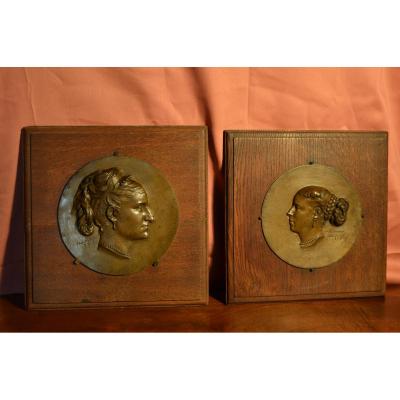







 Le Magazine de PROANTIC
Le Magazine de PROANTIC TRÉSORS Magazine
TRÉSORS Magazine Rivista Artiquariato
Rivista Artiquariato
